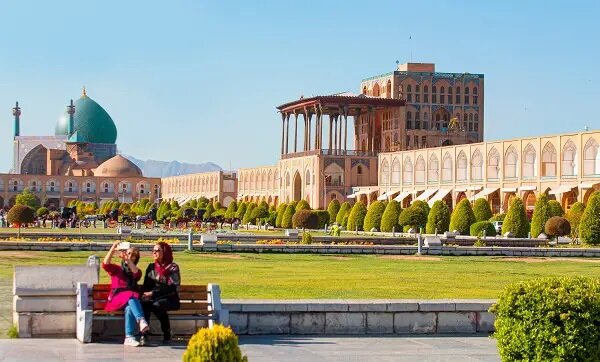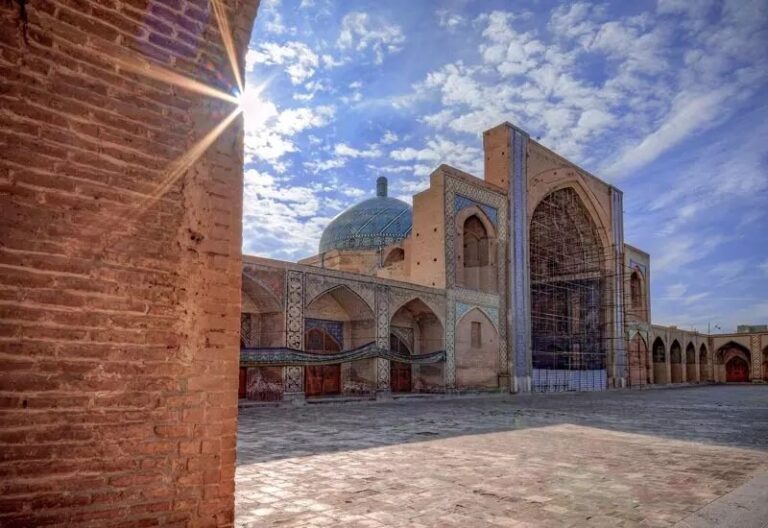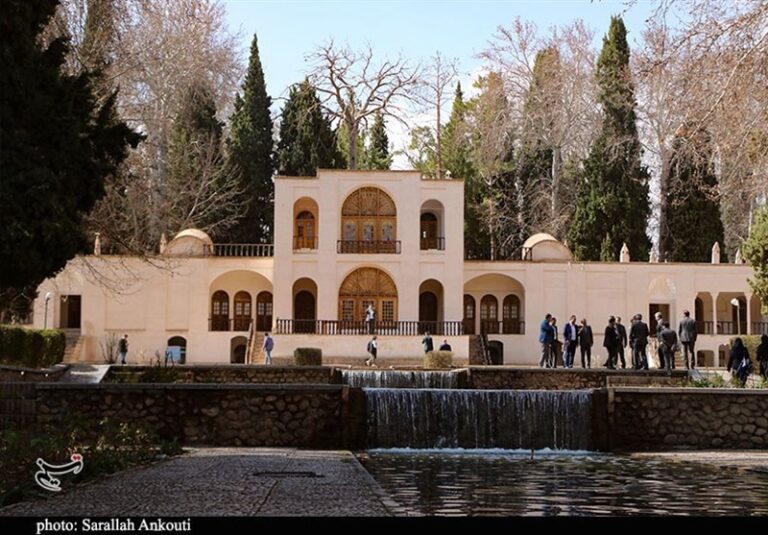Persepolis Enshrined in Scientific History: Newly Discovered Lichen Adds to Its Legacy
In a remarkable discovery, researchers have identified a new lichen species named Circinaria persepolitana at 42 locations within the historic site of Persepolis, also known as Takht-e Jamshid. This significant find marks a crucial moment in the intersection of natural history and cultural heritage, as international and Iranian scientists collaborated on this project, highlighting the importance of biodiversity in this ancient site.
The lichen species has been documented in various prominent areas of Persepolis, including the Hall of Hundred Columns and the Palaces of Ardashir, located in the southern province of Fars. The recognition of Persepolis in conjunction with this newly named lichen places it firmly in the global scientific community’s awareness.
According to Mohammad Sohrabi, a lichenologist and the project leader, this is the first time a lichen has been identified from the stone structures of Persepolis, receiving an international name that pays homage to this UNESCO World Heritage site. The widespread presence of Circinaria persepolitana can be observed in key locations such as:
- Gate of All Nations
- Apadana Palace
- Hall of Hundred Columns
Sohrabi explains that this particular lichen is among the most prevalent and, unfortunately, harmful species in the region. He notes, “Wherever you see gray patches on rocks, you’re likely to encounter this species.” This lichen thrives in conditions that are exposed to:
- Direct sunlight
- Wind
- Rain
While over 125 lichen species have been cataloged in Persepolis, the newly discovered Circinaria persepolitana has captured the attention of researchers and lichenologists due to its unique characteristics and scattered distribution. Sohrabi emphasizes the urgent need for a balanced approach to managing this species, stating, “After finding Circinaria persepolitana, researchers face a serious challenge: should we prioritize preserving cultural heritage or protecting biodiversity?”
This warning underscores the delicate balance between ecological preservation and the safeguarding of historical monuments. Sohrabi cautions against hasty and imprecise measures: “Hasty and imprecise dealing with this species can harm both areas. We are also responsible for global biodiversity.” He further elaborates that lichens are integral components of the Earth’s biological memory, products of millions of years of evolution, and their indiscriminate elimination could lead to irreversible damage.
To address these challenges, Sohrabi advocates for enhanced cooperation between the Department of Environment and the Ministry of Cultural Heritage. He draws parallels with the efforts made to protect endangered species like the Iranian cheetah, highlighting that similar attention and funding should be allocated to managing the lichen populations at Persepolis.
Sohrabi argues, “In many countries, billions of dollars are spent on both protecting biodiversity and safeguarding global historical monuments.” He believes that Iran should adopt a similar approach, directing resources towards the control of lichens at Persepolis with the same seriousness as other conservation efforts.
This discovery not only enhances our understanding of the biodiversity present at Persepolis but also serves as a reminder of the intricate connection between nature and cultural heritage. As researchers continue to study Circinaria persepolitana, it is crucial that both environmental and historical considerations are taken into account to ensure the preservation of this iconic site for future generations.
In conclusion, the identification of Circinaria persepolitana emphasizes the need for a collaborative approach to conservation that respects both biodiversity and cultural heritage. As we move forward, it is essential to recognize the significance of lichens and their role in our ecosystem, advocating for responsible stewardship of our natural and historical treasures.






